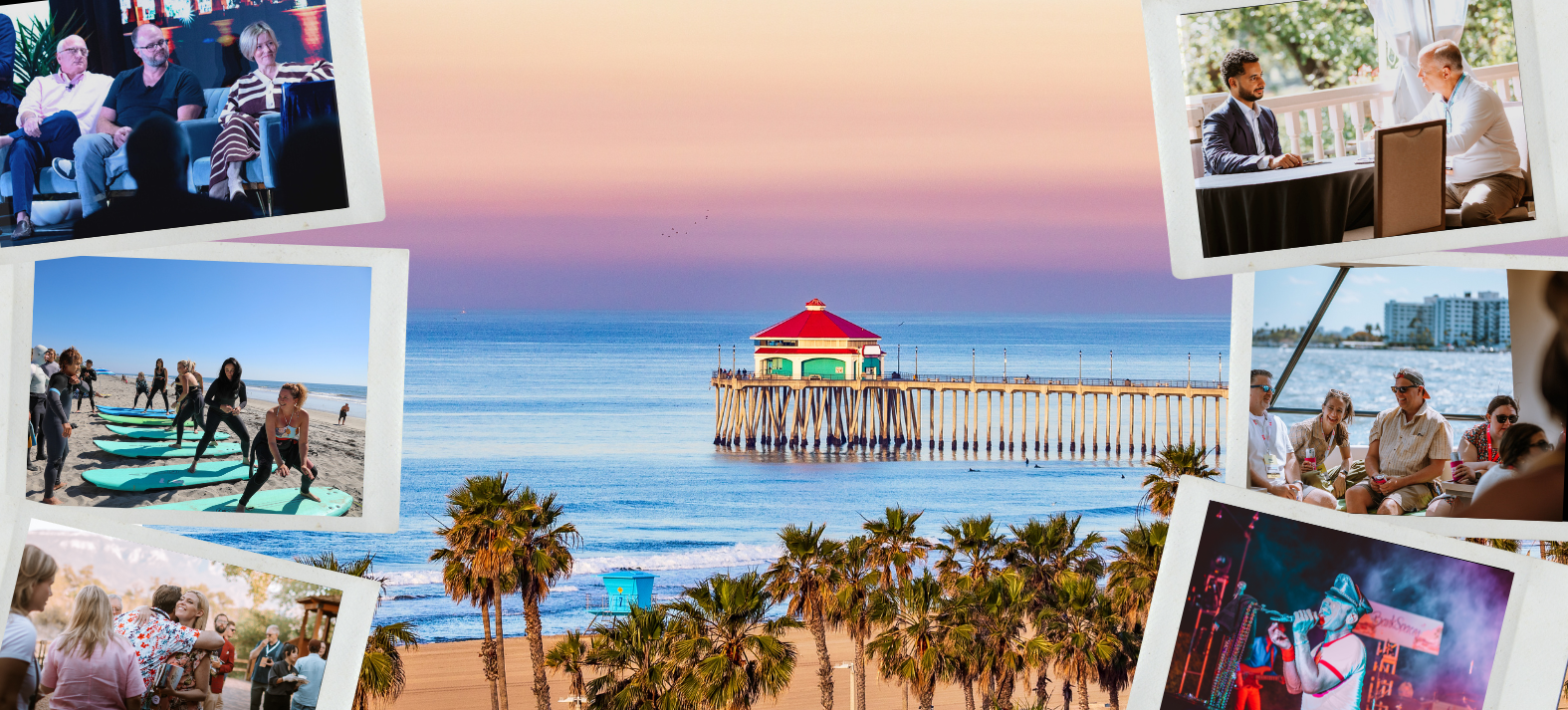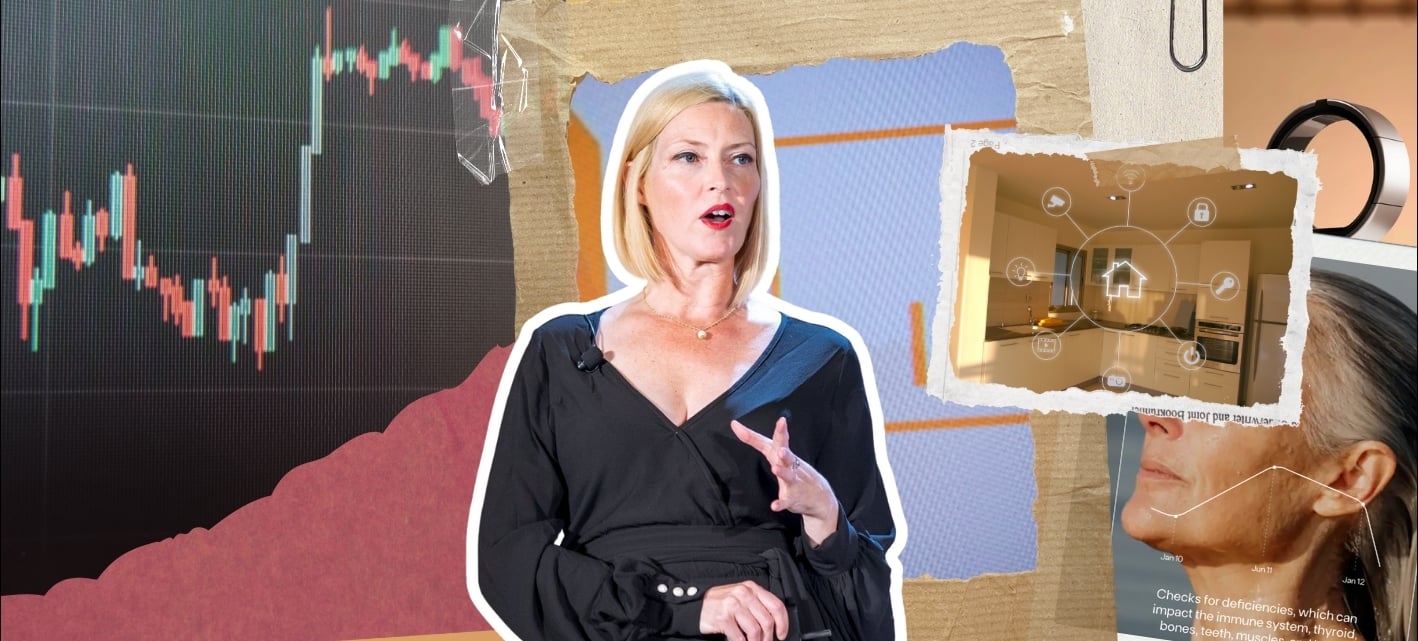In senior living, 98.5% occupancy isn’t just impressive—it’s almost unheard of. But that’s exactly what Le Groupe Maurice has achieved across its 37 communities in Quebec. At the Senior Living Innovation Forum, CEO Alain Champagne pulled back the curtain on how the company did it—and why its model, rooted in purpose, design, and a radically different view of aging, is resonating with a younger, more engaged demographic of older adults.
Quebec's Senior Living Revolution
Champagne opened with a number that turned heads: 17% of older adults in Quebec choose to live in senior housing—more than double the Canadian average. That gap didn’t happen by accident. It began three decades ago, when a few bold operators decided to reimagine what senior living could be.
“The model shifted from being care-centric to attracting a younger demographic looking for a lifestyle change,” Champagne said. Today, Quebec communities draw residents who are, on average, ten years younger than their counterparts in the rest of the country.
What's Driving Demand?
Champagne outlined five core elements behind the company's success—each of which reflects a philosophy that aging is not a decline, but an opportunity to live better.
1. Personalization at Scale
No two communities are the same. Activity calendars, dining menus, and even design elements are shaped by direct resident input. Feedback is constant and actionable—communities access real-time survey data via an internal app to make quick, meaningful changes. Some properties even connect directly to grocery stores and pharmacies, reflecting a commitment to “extreme proximity” and everyday ease.
2. Pleasure as a Design Principle
Here, enjoyment isn’t extra—it’s expected. Residents dine on their own schedule, not a set one. Weekly programming includes over 60 activities, tailored to each community. Amenities like yoga studios, movie theaters, and light therapy pools support wellness and connection. As Champagne joked, some residents are so booked with classes and social events, their kids have to make appointments to see them.
3. Purpose Beyond the Property Line
Volunteer committees—often 40+ strong—are a fixture in every location, connecting residents to causes in their communities. Signature events like the annual Seniors Walk turn residents into vocal advocates for aging equity, flipping the script from passive care recipients to active citizens with something to give.
4. Innovation by Listening
Instead of guessing what tomorrow’s seniors want, they asked. Workshops with staff and residents surfaced four big themes shaping the future: the need for community, the impact of isolation, a focus on health and longevity, and a growing demand for inclusion. That last one surprised even Champagne—today’s seniors don’t want homogeneity, they want vibrancy and diversity.
5. Quality that Feels like Freedom
While many operators wrestle with balancing cost and comfort, these communities deliver condo-style environments that feel more like resorts than retirement homes. Think open floor plans, polished finishes, lush outdoor areas, and common spaces that invite connection. As Champagne put it, residents aren’t downsizing into care—they’re opting into a lifestyle.
Beyond Care: A Lifestyle-First Approach
At the heart of Le Groupe Maurice’s approach is a belief that “a person’s potential doesn’t diminish with age.” They take care for granted—what they focus on is empowerment, joy, and purpose.
“We’re not just meeting basic needs,” Champagne said. “We’re helping people live fully.”
Residents as Co-Creators
What sets this model apart isn’t just the buildings—it’s the mindset. Residents aren’t treated as passive customers. They’re seen as co-creators—"chief product officers," "chief marketers," and "chief innovation officers"—guiding everything from programming to future development.
A Playbook for the Rest of Us
While much of North America grapples with sluggish occupancy and aging infrastructure, this model offers a different path—one grounded in aspiration rather than obligation. When you stop asking what seniors need and start asking how they want to live, everything changes.
And if 98.5% occupancy is any indication, the appetite for that kind of change is already here.
----------------------------------------------
Watch Alain Champagne's full talk below...

SLIF heads to Carlsbad!
The One of a Kind Retreat for Senior Housing Leaders.
May 31 - June 2, 2026 | Carlsbad, CA
Learn More

-1.png)







Comments